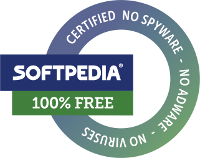Open-ended questions

The advantage of an open-ended question is that it allows people to express themselves freely, thus providing you with information that you might not have found otherwise. Open-ended questions are also interesting to get information about how a person feels about something. Often, the answers you get are more objective than direct or closed-ended questions.
Typically, open-ended questions start with 'Why...', 'How...', 'How do you feel about...' and so on.
The disadvantage of open-ended questions is that by definition, the replies are not standardised. This means that collecting, treating and analysing the information can be more complex, especially when you interview a lot of people.
In terms of the logical framework, open-ended questions are interesting to measure outcomes (expected or unexpected effects; wanted or unwanted effects) and impact (expected or unexpected; wanted or unwanted).
You can enter one or more questions in the 'Label' column of the table. In the 'White space' column you can set how much space the respondent or the interviewer has to note down the answer. This way you have some measure of control to the length of the answer. The amount of white space can vary from 1 to 7 lines, or from a quarter page to a full page.





Add new comment